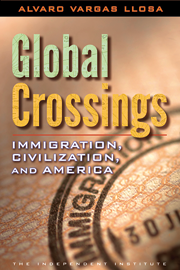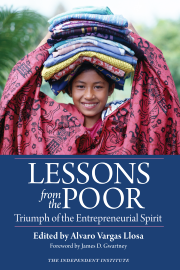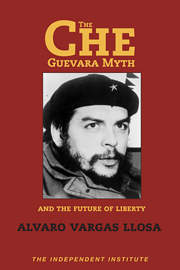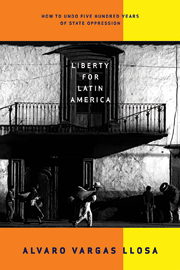The Truth and Reconciliation Commission investigated the violence that traumatized Peru between 1980 and 2000 in the wake of the Shining Path terrorist campaign and the government’s indiscriminate response. It issued its finding six years ago, but the faction of the Peruvian right linked to the dictatorship of Alberto Fujimori in the 1990s continues to scorn it. The “Fujimoristas” and their allies in the current government are also doing their best to derail the work of the Museum of Memory Commission, which is charged with putting together a museum that will preserve the memory of the violent decades.
All this is a sobering reminder that, for all its economic progress and its emergence as an alternative model to Venezuelan- and Argentine-style populism, Peru has yet to understand that the leap from backwardness to development is an institutional one. The 20 most developed countries in the world are not those that one day decided to open their economies to private enterprise while maintaining authoritarian and discriminatory institutions. They are those that enthroned equality before the law, public accountability and a set of rules that protect the lives, the property and individual freedom of their citizens. The prosperous economy of rich nations is the child, not the father, of that framework.
Unlike other countries where terrorism and counterterrorism gave way to painful but successful transitions to democracy that included uncovering what had transpired, punishing the culprits effectively or symbolically, and preserving the memory of the victims, Peru has been unable to heal its wounds. From South Africa to Chile, from Rwanda to Argentina, truth commissions and museums of memory have been widely accepted, and leaders, regardless of ideology, have been careful not to stand too openly in the way. But in Peru, a memorial sculpture titled “The Eye that Cries” has been continuously vandalized. The hatred heaped on the Truth and Reconciliation Commission has thwarted the implementation of many of its recommendations. And now the Museum of Memory Commission has become a target of cowards who are after Lerner.
Garcia, who governed as a left-wing populist in the 1980s, is understandably wary of making enemies on his right now that he is out of favor on the left partly for his ideological evolution and pursuit of sensible free-market economic policies. This is one of the two reasons why his administration originally rejected the donation by the German government for a Museum of Memory; the other is that Garcia’s first administration (1985–90) was part of the 20-year period of violence that the Truth and Reconciliation Commission studied with a critical eye.
But later, under heavy pressure, the president accepted the German donation and appointed the Museum of Memory Commission. His government, however, has openly undermined its work. Vice President Luis Giampietri, a macho former rear admiral criticized by human rights groups in connection with a massacre that took place in a prison that held dozens of terrorists in the 1980s, and Defense Minister Rafael Rey, a politician of itinerant loyalties who supported Fujimori’s dictatorship when it was committing its worst crimes, have relentlessly savaged the commission. The city council of the Lima district in which the museum was to be built has backtracked, intimidated by the prevailing environment.
Susana Villaran, a former minister who has been leading efforts to modernize the Peruvian left, has aptly stated that when high-ranking government officials demonize human rights protections undertaken by citizens such as Lerner, they make them “the targets of groups and people who feel that they have the authority to threaten.”
Those responsible for destroying democracy and precipitating a dictatorship that systematically violated human rights and engaged in a corruption that, according to scholar Alfonso Quiroz, was equivalent to 4.5 percent of the country’s gross domestic product have not learned very much from the recent past. Until they do, the effort to turn Peru into a model for the region will be a joke.












